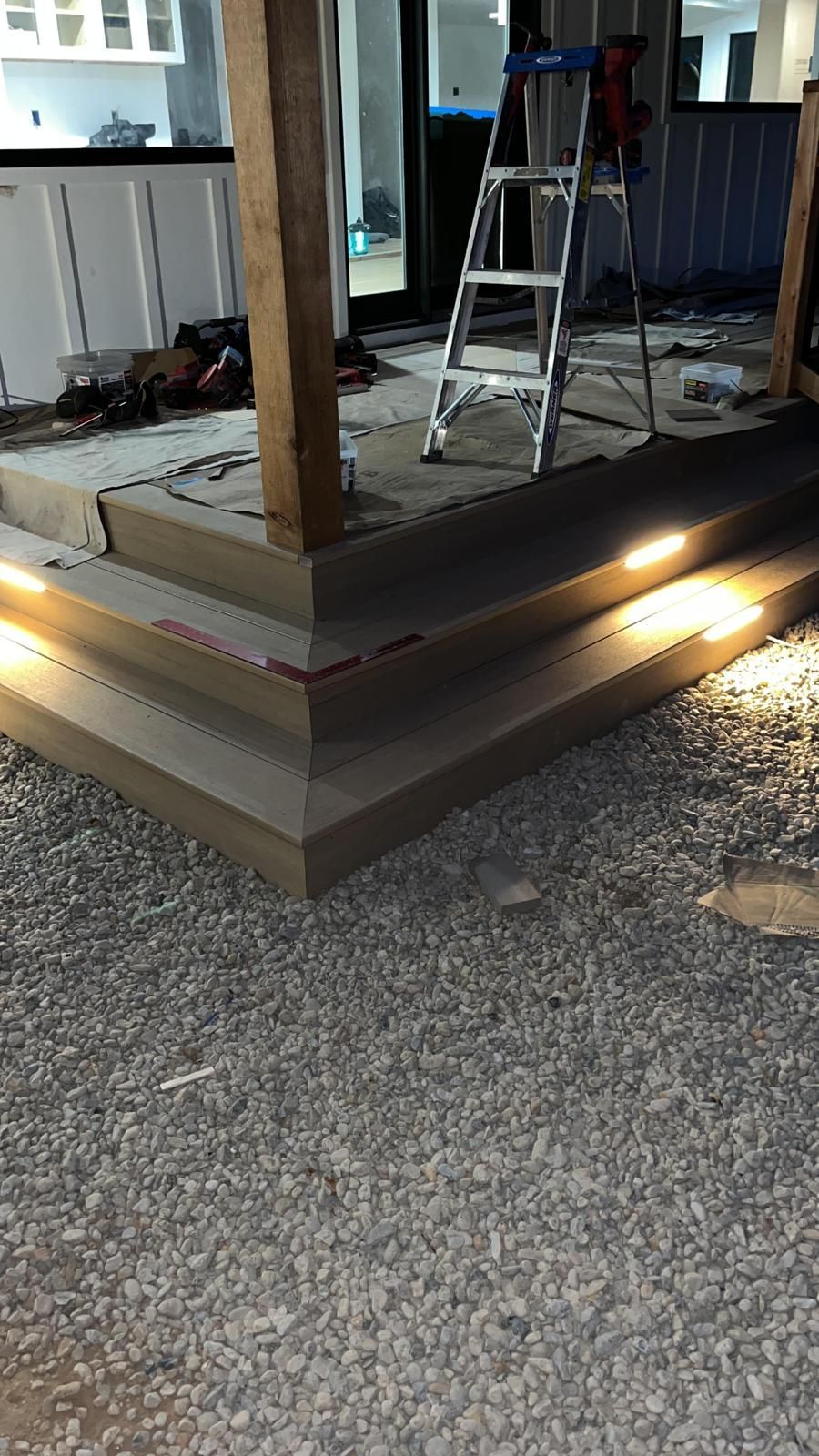San Francisco Maritime National Historical Park: A Voyage Through Maritime History
San Francisco Maritime National Historical Park offers a captivating glimpse into the city’s rich maritime heritage. Located at the western end of Fisherman's Wharf, the park encompasses a fleet of historic ships, a visitor center, a maritime museum, and a library, providing an immersive experience for visitors interested in maritime history and the seafaring life of the past.
See more here.
Historical Background
Establishment of the Park
The San Francisco Maritime National Historical Park was established in 1988 to preserve and interpret the maritime history of the Pacific Coast. The park is situated in an area historically known for its bustling waterfront activities, including shipbuilding, fishing, and trade. The park's creation aimed to protect and showcase the historical vessels and artifacts that represent the maritime legacy of San Francisco.
Read about Washington Square: A Historic Urban Park in San Francisco here.

The Hyde Street Pier
Central to the park is the Hyde Street Pier, which served as a ferry terminal from the late 19th century until the construction of the Golden Gate and Bay Bridges in the 1930s. Today, the pier is home to an impressive collection of historic ships, each telling its story of maritime life and commerce.
Historic Vessels
Balclutha
One of the most iconic ships at the park is the **Balclutha**, a square-rigged sailing ship built in 1886. The Balclutha, also known as the Star of Alaska, played a crucial role in transporting goods such as grain, salmon, and timber between the Pacific Northwest and other parts of the world. Visitors can explore the ship’s decks and interior, gaining insights into the challenging life of sailors during the Age of Sail.
Eureka
The Eureka is a steam ferryboat built in 1890, originally designed to transport passengers and vehicles across San Francisco Bay. This side-wheel paddle steamer is a remarkable example of 19th-century engineering and a testament to the importance of ferry services before the era of bridges. Inside the Eureka, visitors can see vintage vehicles and learn about the ferry's role in connecting communities around the bay.
C.A. Thayer
The C.A. Thayer is a wooden-hulled schooner constructed in 1895 for the lumber trade. This historic vessel later served as a fishing and cargo transport ship. The C.A. Thayer offers a unique perspective on the diverse uses of schooners along the Pacific Coast, from hauling lumber to fishing for salmon and cod.
Alma
The Alma is a flat-bottomed scow schooner built in 1891, representing the type of vessel used to navigate the shallow waters of the bay and delta. These versatile boats were essential for transporting cargo such as hay, bricks, and oysters. The Alma's design and construction provide insights into the ingenuity of maritime engineering tailored to specific regional needs.
Visitor Center and Museum
Interactive Exhibits
The park's visitor center and maritime museum feature interactive exhibits that delve into the history and significance of the maritime industry in San Francisco. The exhibits cover a wide range of topics, including shipbuilding, navigation, and the daily life of sailors. Artifacts such as nautical instruments, ship models, and historical photographs offer a tangible connection to the past.
Educational Programs
San Francisco Maritime National Historical Park offers a variety of educational programs for visitors of all ages. These include guided tours, hands-on activities, and interpretive programs that provide deeper insights into the maritime history of the region. School groups and families can participate in engaging activities that make learning about maritime heritage fun and interactive.
Aquatic Park Historic District
Scenic Waterfront
Adjacent to the Hyde Street Pier is the Aquatic Park Historic District, a beautifully preserved waterfront area featuring a sandy beach, a bathhouse building, and a picturesque promenade. This area offers stunning views of San Francisco Bay and serves as a tranquil spot for picnicking, swimming, and enjoying the maritime ambiance.
Bathhouse Building
The Bathhouse Building, now housing the park's maritime museum, is an Art Deco masterpiece built in the 1930s. Inside, visitors can explore exhibits on maritime history, art, and culture, including ship models, figureheads, and intricate scrimshaw.
Preservation and Legacy
Conservation Efforts
The park is dedicated to preserving its historic vessels and maritime artifacts through ongoing conservation efforts. Skilled craftsmen and volunteers work diligently to maintain and restore these treasures, ensuring that future generations can continue to learn from and appreciate them.
Cultural Significance
San Francisco Maritime National Historical Park plays a vital role in preserving the city’s maritime heritage. By offering an authentic glimpse into the past, the park helps to foster an appreciation for the contributions of the maritime industry to the development of San Francisco and the broader Pacific Coast region.
Conclusion
San Francisco Maritime National Historical Park is a living museum that brings to life the rich maritime history of San Francisco. Whether exploring historic ships, engaging with interactive exhibits, or enjoying the scenic waterfront, the park offers a multifaceted experience that educates and inspires. It stands as a testament to the enduring legacy of the city’s maritime past and its ongoing significance to San Francisco’s cultural heritage.

